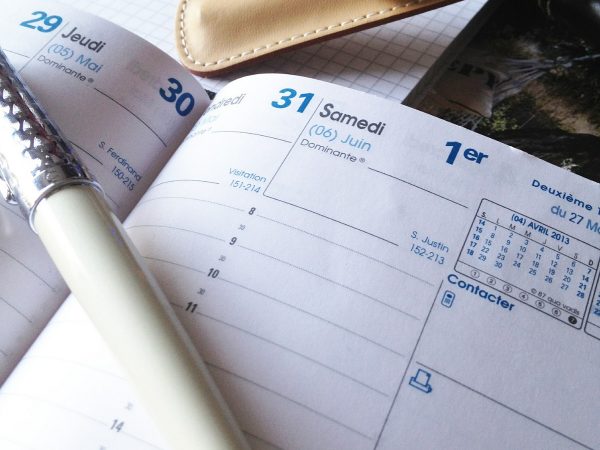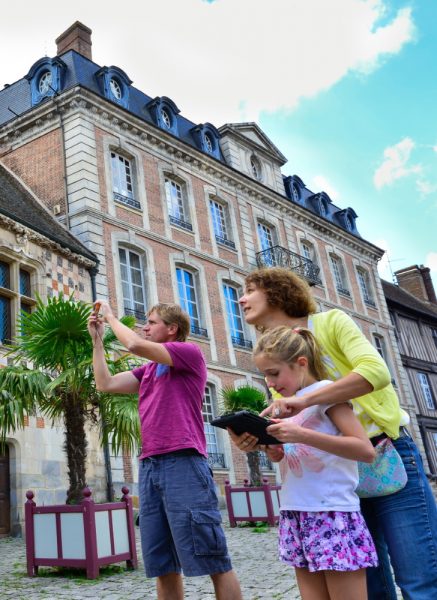This summer, in the company of a family from Auvergne, I visited the Vie et Métiers d'Autrefois museum in Breteuil-sur-Iton. Unlike a "classic" museum (in the collective spirit), here it is not the object which is at the heart of the subject, but the man and his use of it. object. Moreover, it is not a master lecturer who guides us, but a passionate collector who likes to share the fruit of his research during numerous meetings.
It is therefore Lilian, the creator of this place who welcomes us with a smile. With the handle of his small mallet, he points to the objects he talks about. We then find out a strange vocabulary : the crankshaft-with-conscience-of-chest, the planes, the ingot iron, the ox tongue, the milk pipe… etc. Sometimes the grandmother who accompanies me intervenes: “At home in Auvergne, we don't call it that! ". Indeed, Lilian points out, the objects sometimes change their name according to the local dialect or regional use.

With hints of humor, our guide teases us : "This mask that we put on the face of the bull to calm him when he was too angry ... No gentlemen, I do not lend it to calm your ladies! ". He gives us a "homemade" haircut with the barber's tools. He offers the young boy who accompanies us a "weighing" on a pharmacy scale over 100 years old but still in working order. He tells us anecdotes like that of the poacher who had made clogs with inverted soles so that the rural policeman could lose his track!
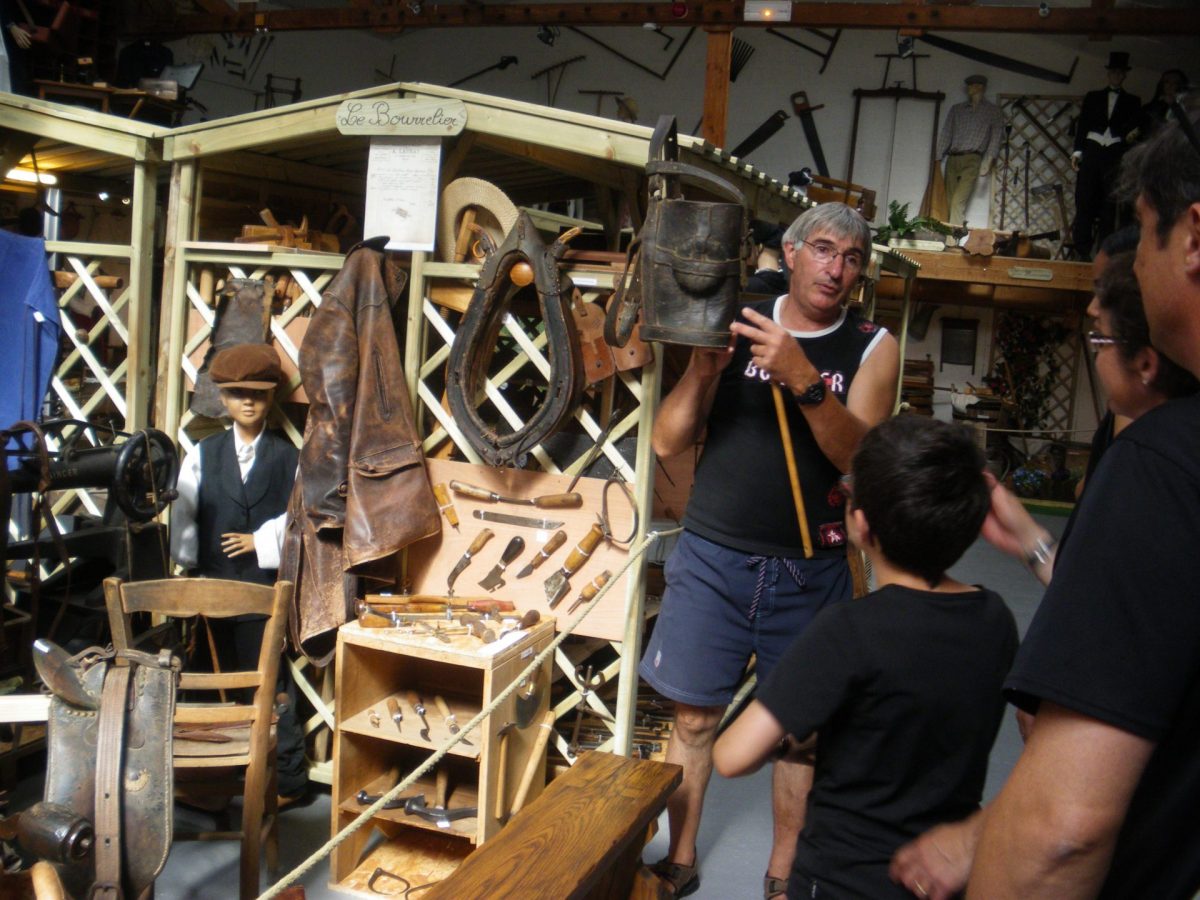
In front of the cooper scene, the Auvergne father, in his fifties, suddenly remembers the time when his father sent him into the barrel to twist to clean the bottom. The mother, when it comes to her, admires the lace gloves, made in the factories of Bourth. She wore a similar model during her wedding. And that memories resurface when you find a school notebook from 1914, a certificate of study or communicating, a high chair from 1930 or a sewing machine from the 1920s!
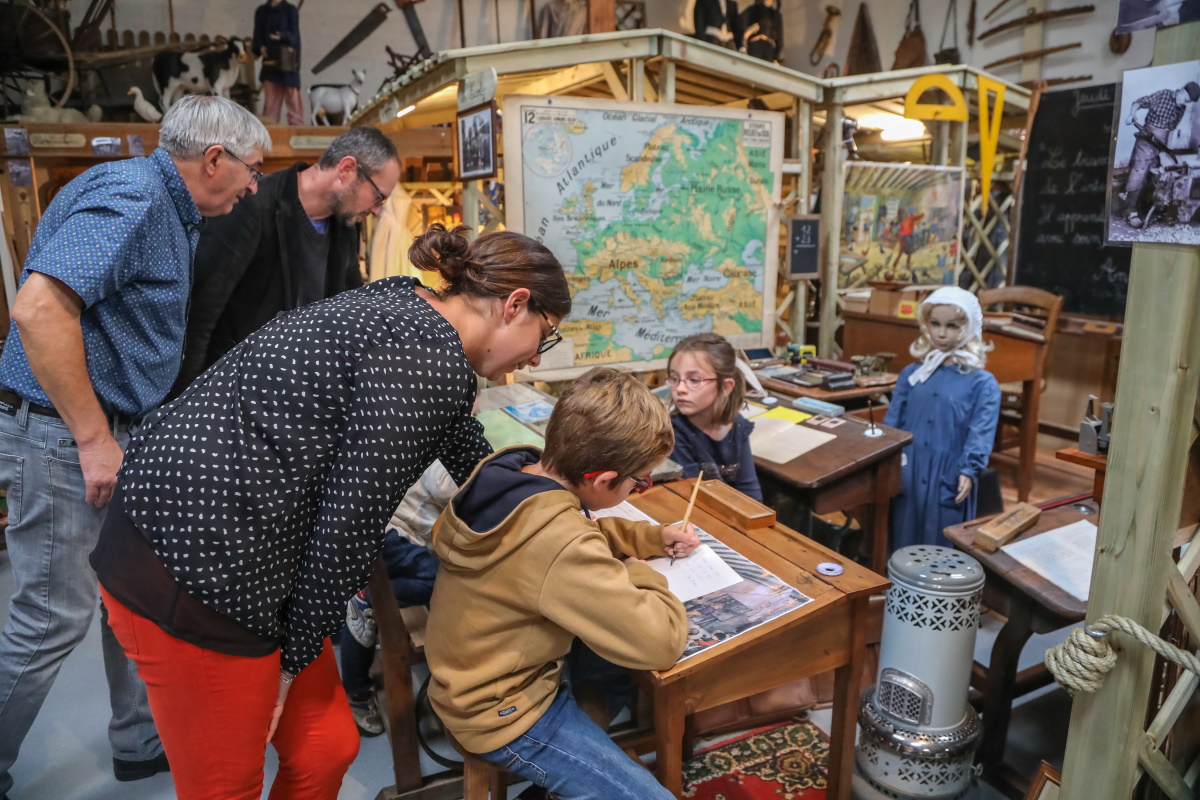
Lilian points out to us the perfect state of conservation of a piece, tells us about the tedious restoration of another. Sometimes we know the name of the owner and his history. Sometimes, it is the way in which an object was found that surprises! The scarcity of certain articles is underlined like this crescent bakehouse or this stereoscope of a pharmacist from Le Havre, dating from the First World War, which allows to visualize more than 200 photographs in 3 dimensions.
We end our visit in bar reconstituted with this chewing-gum dispenser, this yellow dwarf game, this 1950s transistor. Lilian offers us a cold drink or a coffee.
This visit was enriching for us as for Lilian. Sharing memories, exchanging knowledge: that's how he sees his museum.
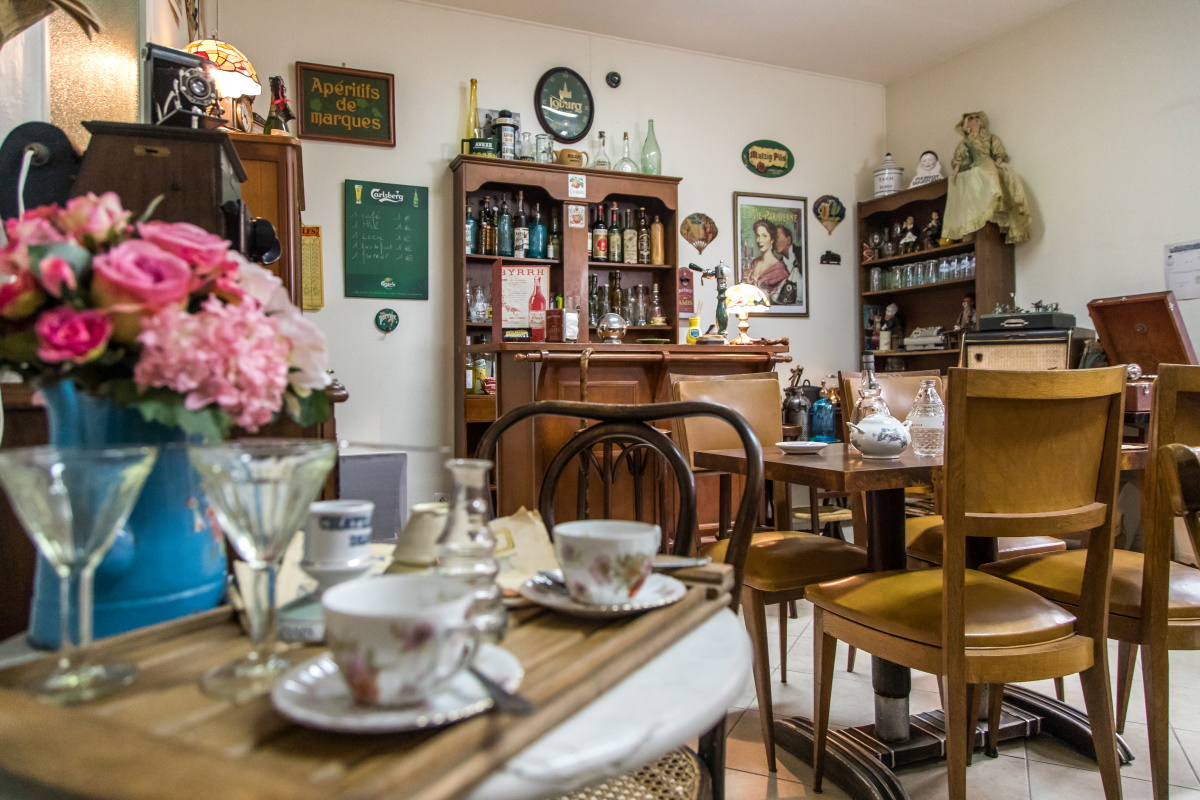
The guest book open to all visitors' comments is full of praise for the richness of its collections, the cleanliness of the places, the joy of having remembered distant memories, of having been able to show one's children or grandchildren the daily life of 'a father or a grandfather.
We leave conquered with the desire to come back and discover the temporary exhibition scheduled for next month or the hunt for the riddles of Mother Veilleuse and Father Spicasse.

